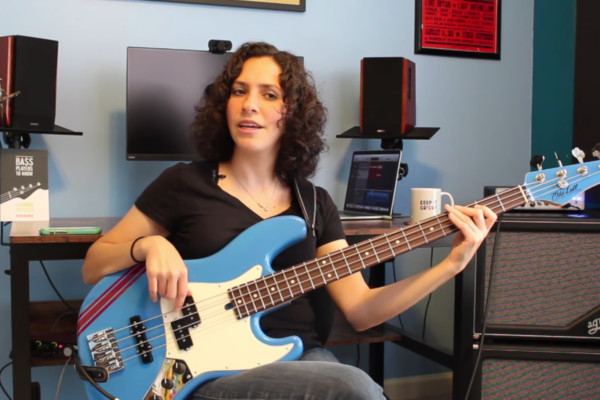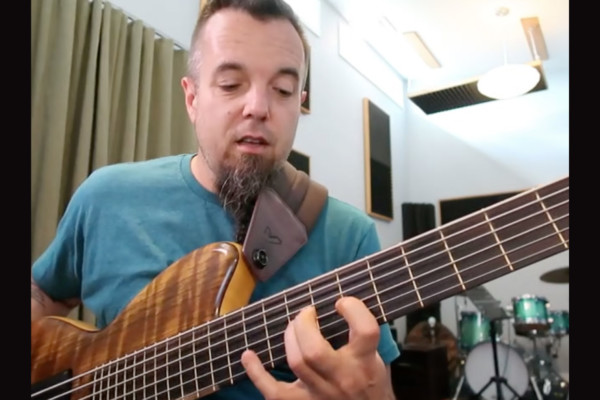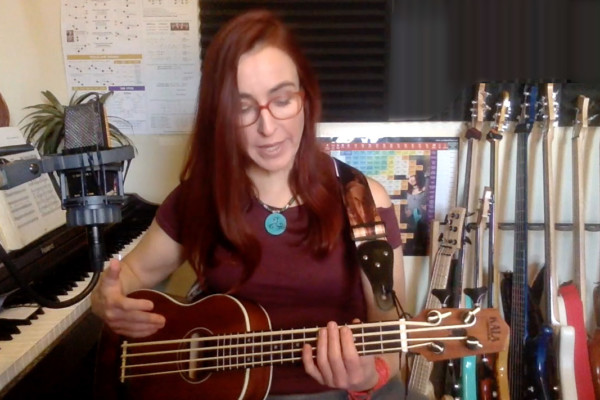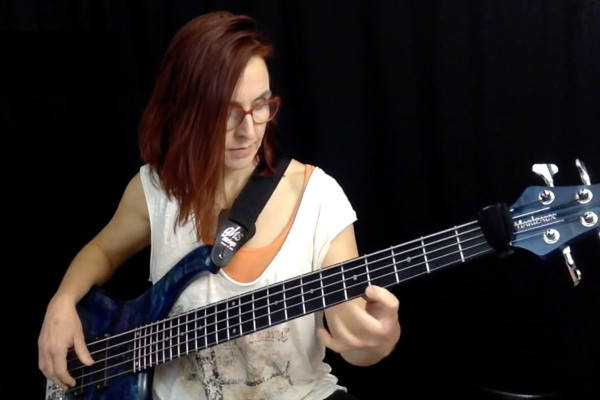Left Hand Archives
The Brown’stone: Zen & The Art of Playing Bass
This week in The Brown’stone, Rich Brown wants to ensure you’re playing as relaxed as possible. So in this lesson, he gives us a few tips to stay relaxed and ready to play at our best.
Keep It Groovy: How To Play Eighth Notes On The Bass: Pulse vs. Pedal Feel
In this new “Keep It Groovy” bass lesson, Ryan Madora is here to help you with varying eighth-note feels, to help you contribute to the overall feel of a song.
The Brown’stone: Strengthen Your Left Hand Technique
This week in The Brown'stone on No Treble, Rich Brown is focusing specifically on left-hand technique. He walks you through a couple of great exercises that will help to strengthen the individual fingers of the left hand.
Tapping Technique: Rhythmic Displacement of Melodies
Two-hand tapping on an electric bass can be used in a multitude of ways. In his new “Tapping Technique” lesson, Josh Cohen covers the creation of improvisations in the upper register with the right hand while playing a bass line in the left hand.
Talking Technique: Wicked Riff
In this lesson, Ariane Cap focuses on an angular riff that presents quite the string crossing challenge. It will not only shed your technique, but it will also give you creative ideas.
Talking Technique: Black Velvet – Nail That Fill
Alannah Myles’ iconic tune “Black Velvet” features a fill that is pretty challenging. Originally played with synth bass, we might be tasked to play that line. Ari covers this (and all the benefits) in this episode of “Talking Technique.”
What Fingerings Should I Use for the Modes?
A reader sent Damian a note this week saying he's just starting to learn modes on the bass but is struggling with the finger patterns. He asked for help, and Damian decided to make this week’s column a video demonstration on the topic.
Talking Technique: Geddy Lee and the Fifth Rule of Power
In episode #60 of Talking Technique, Ariane Cap breaks down how Geddy Lee uses power chords in Rush’s “Dreamline,” with a quick harmonic run down, tips for fingering, technical execution, and practice.
Talking Technique: Short-Scale Bass Shedding
Short-scale basses have recently enjoyed a bit of a resurgence – be it as an alternate tool in a pro’s kit or as a main axe chosen for its sound, lightweight, easy playability and hip factor. In this episode, we’ll explore some right-hand, left-hand, and coordination drills that will help you wrap your mind around the shorter scale. I’m using...
Talking Technique: The Pinky Workout
Is the pinky your weak link? If it is, you are not alone. The pinky and ring finger share a tendon. Either of those fingers prefers moving in tandem, rather than on their own, so it is a good idea to isolate them. As for the pinky, it is also the weakest of the bunch. These drills will get your...
Talking Technique: “Mordents” for Finger Strength
Today we have another multi-layered workout for you to build up your finger strength. This lesson will help you practice a scale up and down one string while improving coordination and strengthening your fingers. It’s not a beginner’s workout, but wherever you are on your journey, give it a good try. You’ll need to be ready to play hammer-ons and...
Finger Substitutions
When we play the same note, usually on the same string, consecutively, but with different fingers, it is called a finger substitution. For example: This technique is most often employed is when we want to avoid shifting within a slur. While we should be able to shift silently within a slur, it is sometimes musically more appealing, or simply cleaner,...











